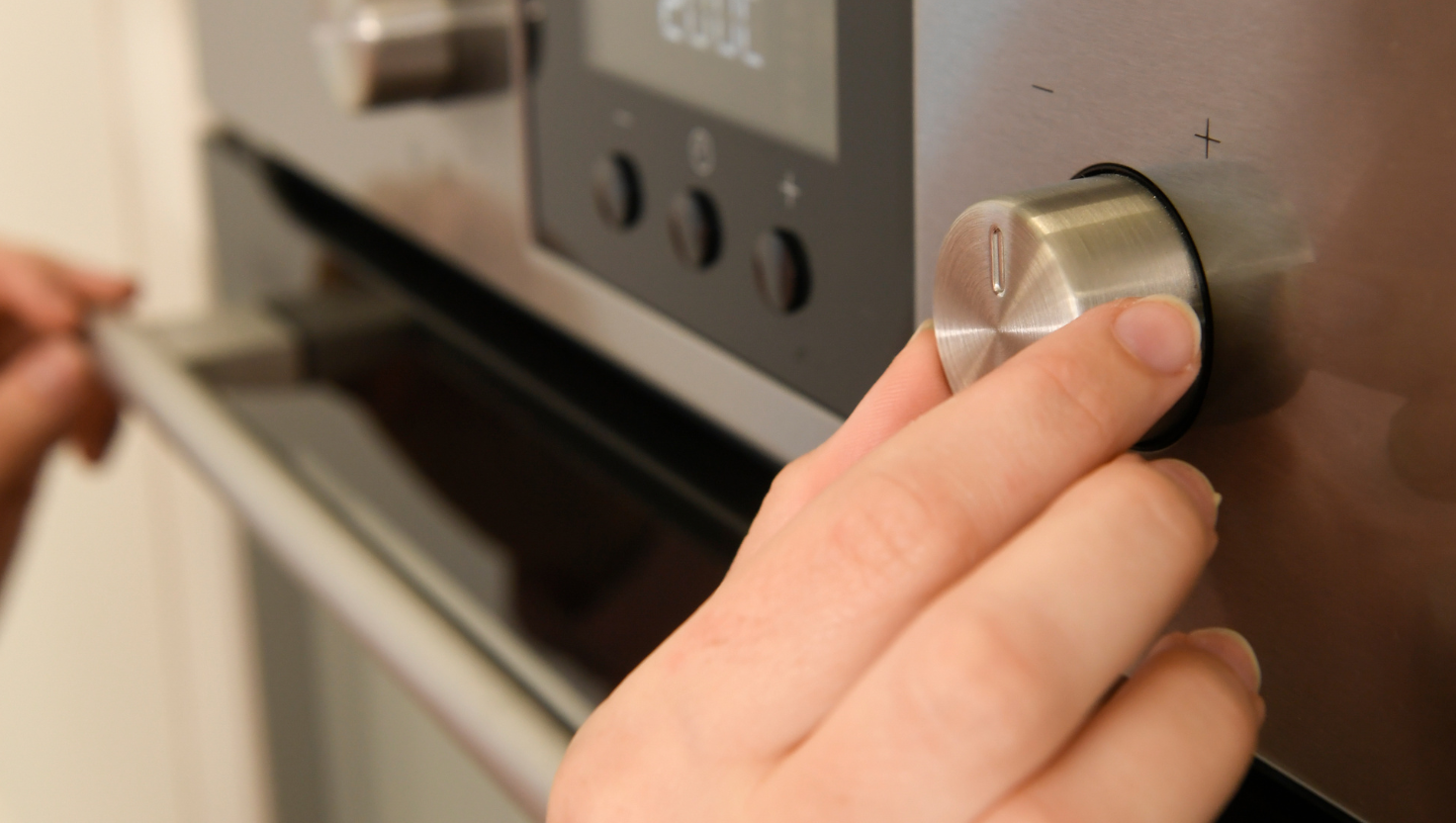Have you ever wondered if your oven is running hot or cold? Baking can be a finicky business, and an inaccurate oven temperature can lead to burned cookies or undercooked casseroles. While an oven thermometer is the most reliable tool for calibration, a simple household ingredient – sugar – can offer a surprisingly insightful, albeit approximate, way to gauge your oven’s temperature.
This method relies on the predictable caramelization points of sugar. As sugar heats, it undergoes a series of chemical changes, leading to different stages of browning and flavor development at specific temperature ranges. By observing these changes, you can get a ballpark idea of whether your oven is hitting its marks.
Important Disclaimer: This is an indicative test, not a precise calibration. Factors like humidity, sugar type, and even the type of pan used can influence the results. For critical baking or precision, invest in a dedicated oven thermometer.
What You’ll Need:
Granulated white sugar
A clean, oven-safe baking sheet or a small, light-colored oven-safe dish (ceramic or glass works well)
An oven mitt
A timer
The Method:
Preheat Your Oven: Set your oven to the temperature you want to test (e.g., 300°F, 350°F, 400°F). Allow it to preheat for at least 20-30 minutes to ensure it’s fully up to temperature and stabilized.
Prepare the Sugar: Sprinkle a thin, even layer of granulated sugar onto your baking sheet or into your oven-safe dish. You don’t need a lot – just enough to clearly observe changes. About 1-2 tablespoons spread thinly is usually sufficient.
Place in Oven: Carefully place the sugar-laden sheet or dish into the center of your preheated oven.
Observe and Time: Start your timer immediately. Now, pay close attention to the sugar’s appearance.
What to Look For and What it Means:
Here’s a general guide to sugar’s browning stages and the approximate temperatures they indicate:
No Change (or Very Slight Melting/Glossy): If after 10-15 minutes at a set temperature (e.g., 300°F), your sugar shows little to no change, your oven might be running significantly cold. At typical baking temperatures, you should start to see some activity.
Slightly Melted, Edges Turning Pale Gold (Approx. 320°F – 340°F): This indicates your oven is getting into a good range for gentle baking. The sugar will look a bit glossy, and you might see the very edges starting to take on a faint golden hue.
Light Amber Caramelization (Approx. 350°F – 370°F): This is a key indicator. If your sugar begins to turn a noticeable light amber color within 10-15 minutes at a setting of 350°F, your oven is likely quite accurate for that temperature. This is the stage where sugar develops a mild, sweet caramel flavor.
Medium Amber Caramelization (Approx. 375°F – 400°F): At higher temperatures, or if left longer at medium temperatures, the sugar will deepen to a rich amber. If your sugar quickly reaches this stage at a setting of, say, 350°F, your oven might be running hot.
Dark Amber to Burnt (Above 400°F – 420°F and beyond): If your sugar rapidly turns very dark brown or even black and smells burnt within a short period, your oven is definitely running very hot. This indicates significant overheating.
Interpreting Your Results:
If your sugar reaches the expected caramelization stage for your set temperature within a reasonable timeframe (typically 10-15 minutes), your oven is likely fairly accurate.
If the sugar takes much longer to show changes, or doesn’t caramelize much at all, your oven is likely running cold. You may need to set your oven 25-50°F higher than the recipe calls for.
If the sugar caramelizes very quickly, or burns, your oven is likely running hot. You may need to set your oven 25-50°F lower than the recipe specifies




